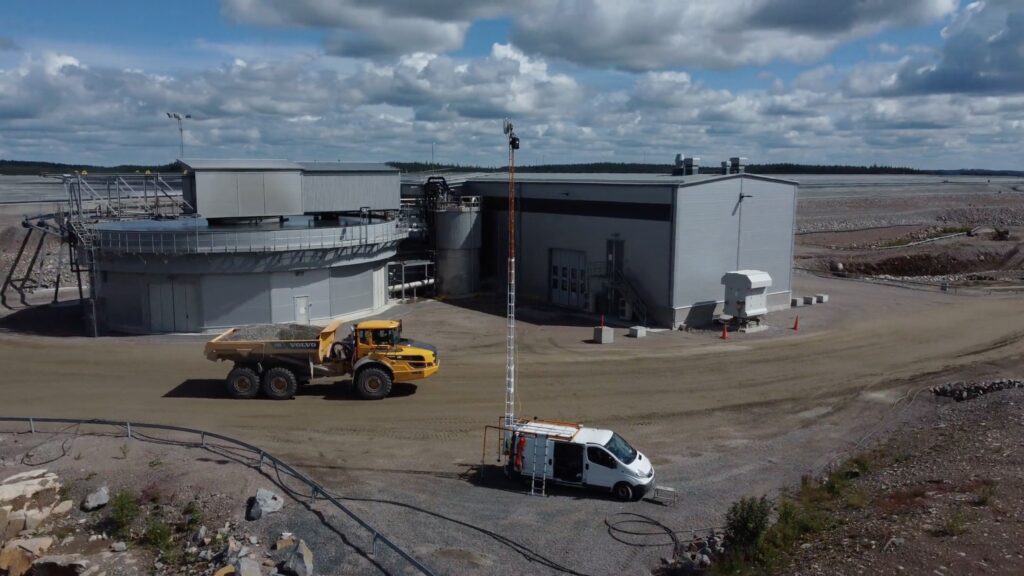Beauce Gold Fields (TSXV: BGF) has tested the use of a modified horizontal directional drilling method to test the auriferous till units of the paleoplacer channel on its Beauce gold property near the tiny town of St-Simon-les-Mine in southern Quebec.
Beauce Gold Fields is determined to trace the placer gold tills on its property back to their hard rock source. The gold-bearing till in the bed of local streams was dredged as late as 1962. At one time it was the largest such operation in eastern Canada. Modern interest is not in alluvial gold, but in the auriferous till and saprolite hidden underground.
Horizontal directional drilling (HDD) is frequently used and construction and civil engineering projects, to install or replace utility lines, for example. Beauce’s application combined an HDD drill rig and a vacuum tanker truck to collect a mix of bentonite mud and drill cuttings. The bentonite and cuttings from four holes were decanted into lined pits. The recovered material total about 19 m3 of material.
“Horizontal directional drilling has the potential to revolutionize placer gold exploration,” said Patrick Levasseur, president, and CEO of Beauce Gold Fields. “If successful, this innovative technique will not only enhance cost-efficiency but also significantly improve sample coverage and reduce environmental impact, marking a significant leap forward in our exploration efforts.”
Placer mining the Beauce region created the earliest (pre-Yukon gold rush) and largest such mining operation in North America. The industry flourished for 100 years, beginning in the 1860s. The average grade was 0.43 g/t per m3, compared to 0.30 g/t in the Yukon and Alaska.
Learn more on www.BeauceGold.com.




